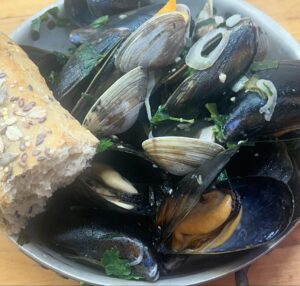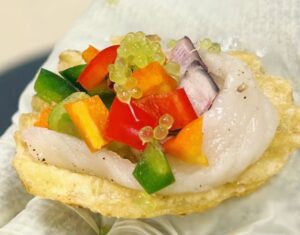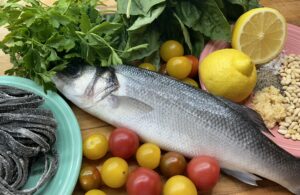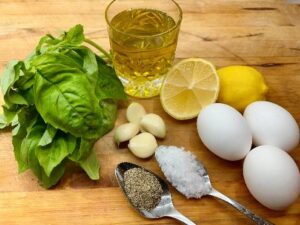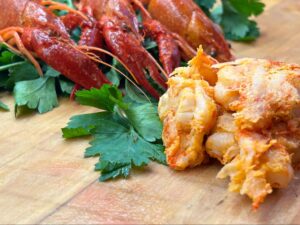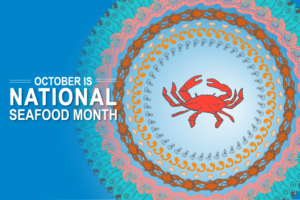By Mark Tagal, Senior Aquaculturist
My first real job in aquaculture was on a seaweed farm. As most firsts jobs come about, I got it through a friend of a friend’s, father’s, friend. Such is the way things work in Hawaii. Driving up from the East side of Oahu, just before the road bends at Velzyland and you start to travel West towards the Seven Mile Miracle, (surfers will know what I am talking about), you go through the Agricultural District of Kahuku. This was long before the gastronomic juggernaut that is now the North Shore’s Garlic Shrimp plate phenomenon. This farm to food truck movement eliminated the middle man and pond raised shrimp were sold literally a few hundred feet from where they were cultured. It was in this maze of ponds and canals that a small seaweed and clam farm, where as a young, high school Senior I worked, was tucked away, just over the sand dunes from the Turtle Bay Resort.
We grew limu, or Hawaiian seaweed. More specifically, we grew a seaweed commonly referred to by its Japanese name, Ogo. You may know this as the little brown and red bits that are found in your Poke bowl. Hawaiians used seaweed as one of the cornerstones to their diet. It was mixed with other foods to lend a salty nutty flavor to raw and cooked fish, and chopped up into fine bits or a paste to act as a condiment to poi. Seaweeds were most likely very nutritionally important to the entire community, as it was not often on the Kapu list, providing a source of vitamins and protein to folks not fortunate enough to be born into a class that had access to pork, bananas and certain fish. In short, commoners as well as Ali’i would both dine on limu.
We grew limu because the traditional picking grounds on Oahu were becoming scarce. Even in modern Hawaii, limu or ogo’s popularity with both Polynesian and Asian flavor profiles, were depleting the wild abundance of this sought after algae. Development, rapid changes to freshwater resources, and climate change would further deplete the resource, making it harder to rebound after it had been picked by people, or grazed upon by fish or broken free in times of high surf.

Ogo, one of the species in Hawaii from the genus Gracilaria, found for sale in December of 2021. As the holidays neared, the availability would diminish as demand soared to be used in the preparation of Poke, a Hawaiian holiday staple.
The Governor of Hawaii has declared 2022 The Year of Limu. Oftentimes, we look at the health of our oceans in gigantic terms. We see the temperature of the whole globe is changing. All of our oceans are acidifying. Entire populations of fish are vanishing, and while these matters are all serious and pressing, sometimes it’s easier to wrap your head around something simple. As Uncle Wally Ito and countless other Hawaiian Uncles and Auntys say, “If no get Limu, no get fish.”



